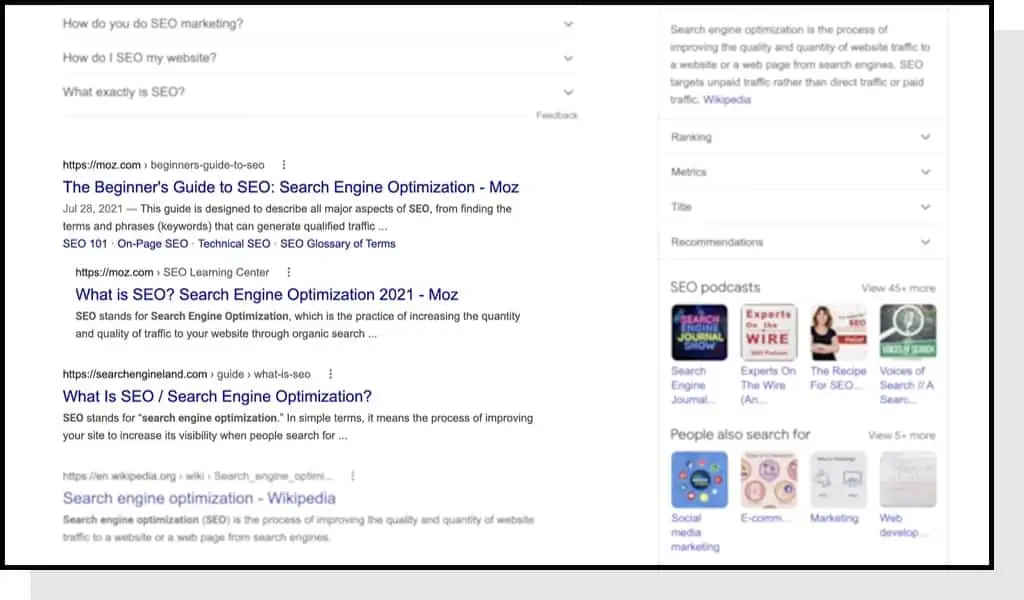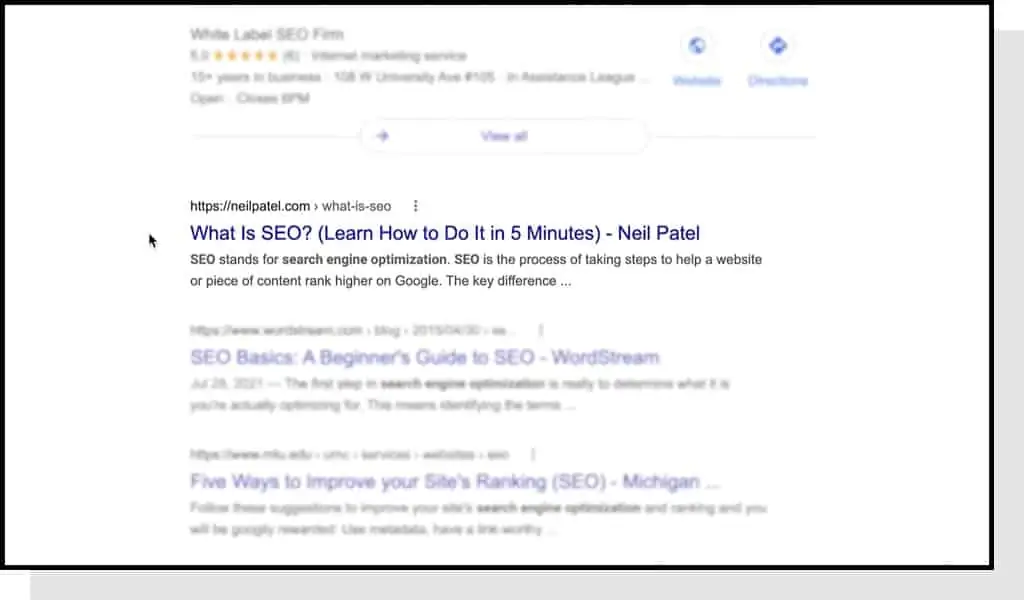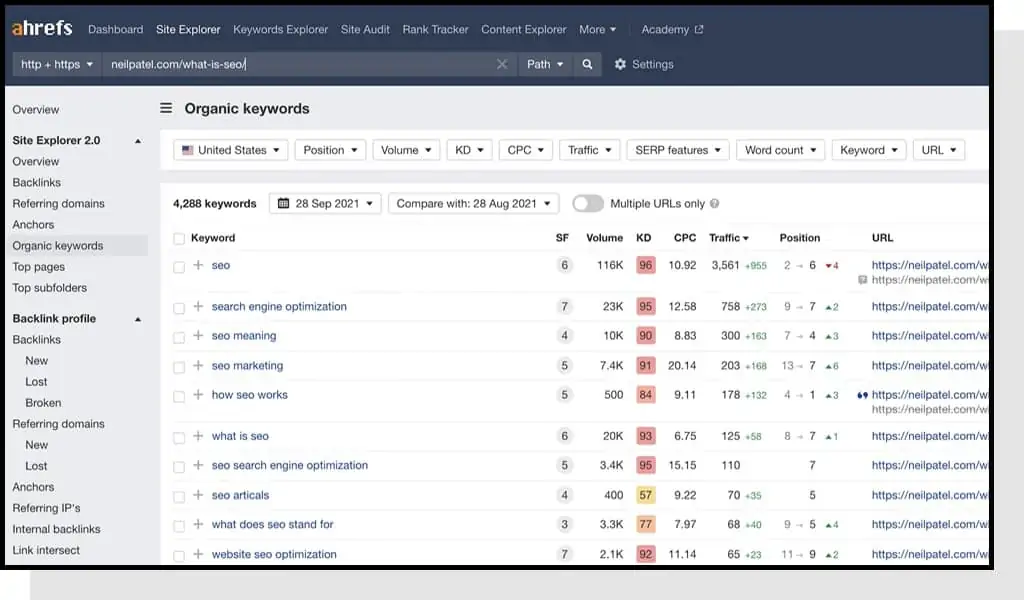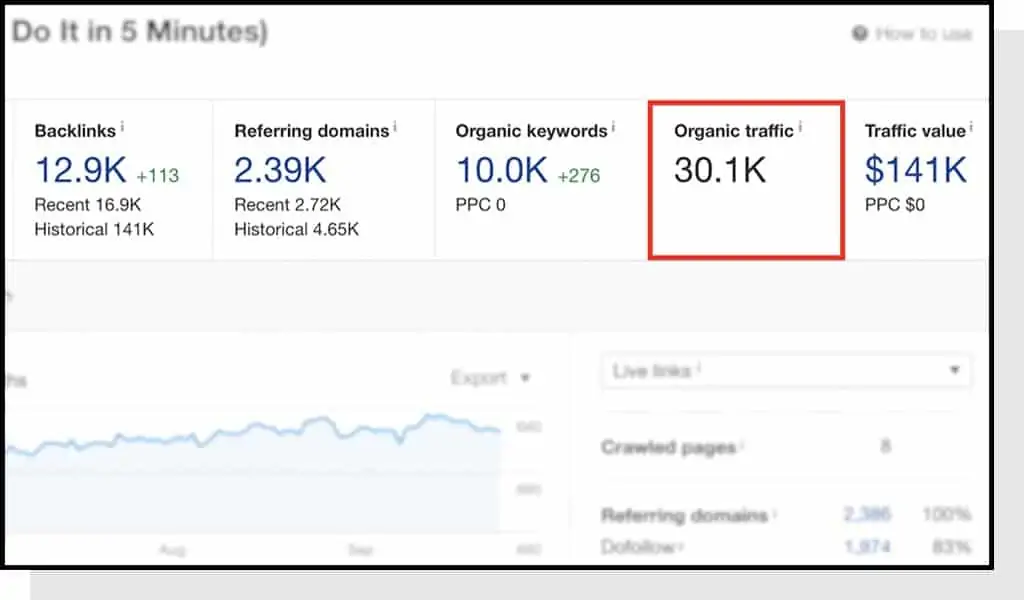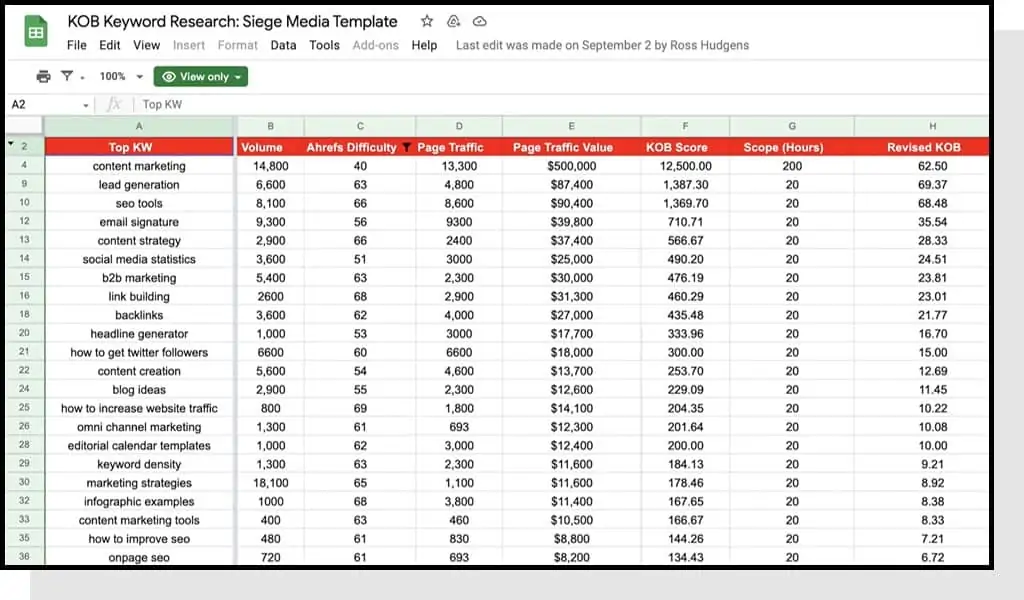If you haven’t incorporated KOB analysis into your content strategy yet, let this be your sign.
In this episode of Content & Links, CEO Ross Hudgens walks through how to utilize KOB analysis effectively.
This strategy not only propels your rankings in a shorter period of time, but with less effort.
Video Transcription
Today, we’re going to talk about KOB analysis and how you can leverage that to rank faster and make more money for your business than ever before.
The idea of KOB analysis, otherwise known as Keyword Opposition to Benefit Analysis was originally popularized by the SEO O.G., Todd Malicoat.
He’s now in Miami, just on a boat somewhere fishing, which is an envious lifestyle, and the reason for that is because he did KOB analysis.
We can tell you about that same process to have the same success with your business.
Why KOB analysis is so important is effectively, this strategy will allow you to prioritize content that’s going to rank faster.
So increasingly, the SEO world is more and more competitive.
This process of keyword research, while also analyzing traffic value and total opportunity against the actual time to execute that time and difficulty, will allow you to prioritize appropriately based on the characteristics of your business in order to see the same results.
There is such an idea of one-off keyword research, where you come up with an idea, and you execute it from a content marketing standpoint. The problem with this, if you use that, it’s very surface level.
KOB is the act of researching hundreds of topics in your vertical, fully gathering the data for them, understanding that data, and then using that to best prioritize your content in order to rank fastest.
And in turn, help the other content rank fast as well, while also considering actual opportunity in terms of value.
This will allow you to keep the lights on and make more money to ladder up to those more difficult topics down the line.
That’s why we’re so bullish on this.
I think it’s increasingly important as the SEO world gets more and more competitive that we all start with KOB analysis.
So what are the steps to KOB analysis?
Effectively, it’s a multi-step process to build out the keyword universe that is gonna be most effective for your business.
Keyword Topic Gathering
The first thing to do is start your process of keyword topic gathering.
What you would do is go to Google, do keyword research (or look at competitors), and then go to that search result and find the person most like you.
A good example of this is the term “SEO.” If you go to the term “SEO” and we’re Siege Media as a website, we scroll down, we’re not like Google, we’re not like Moz, we’re not like Search Engine Land.
Because of that, these aren’t true comparables. We want to be realistic in our topic analysis so that we can then grab the topic opportunity of just one website.
If we grabbed the URL for the person who is most like us, so in this case, probably Neil Patel, even though he has a whole media business, that’s probably the most equivalent to what we can accomplish in those same search results.
So, grab that and then input it into Ahrefs and get the full topic opportunity.
This is important because you want to take that anchor keyword that you found or have thought of, but the reality is the entire topic is much more comprehensive.
No website ranks for only one keyword. They rank for sometimes thousands of keywords.
Inputting this into Ahrefs will give you the full opportunity for that business.
You grab the traffic value, you grab the organic value, and this will give you the full opportunity for SEO as a term.
Here, we input it in our sheet and now we have one topic done.
The one thing to add on top of that is you came in through the door of one keyword.
You might want to adjust that based on what you see from the topic. If you’re looking at the search result and it’s all, “what is” type keywords, or maybe it’s clearly leaning in a different direction.
Look into the search results and often, that’ll mean there’s an anchor keyword that’s different than what you came in on.
Our general suggestion is to find the most relevant high volume keyword, and also write down the volume of that keyword and the keyword itself in order to get context and also, know how to lean into your content when you actually build it out.
While we care about topics, it’s still a good best practice to lean into the top keyword in order to improve your probability of ranking for that, assuming you can rank for that.
Which if you’re lower difficulty, you might want to go with longer-tail to accomplish those same things.
So from there, you have one topic. Now just go deeper.
How Long Does a KOB Analysis Take?
You want to spend around 20-40 hours depending on your client’s business.
Some industries can be very difficult to pull out that information. Some could be very easy, and you’ll find them very quickly based on your competitors and grabbing top pages that exist for them.
But in this case, generally, you should be able to find a good comprehensive list in 20 to 40 hours.
If you’re feeling motivated, don’t feel like you got to stop and keep doing the research to make the research as comprehensive as possible to get that full understanding of the market.
When Traffic Value Can Be Misleading
Now that you have a massive list of keywords and topics, we can understand these appropriately.
Based on this, we also want to use some discerning nature and understand when traffic value may mislead us.
Our goal with this sheet is prioritized based on what we can actually monetize. And based on that, some numbers might be higher than others.
In this hypothetical list of topics for Siege Media, which is now outdated data, in reality, us as an agency can’t monetize most of these topics.
In general, they’re kind of different in how they might do that, but if you’re an SEO software company or a content marketing software company, we probably could monetize content marketing pretty strongly.
Moz could probably monetize SEO pretty strongly, if not higher than these numbers.
So, you’d want to discern out appropriately and adjust the numbers based on your probability of ranking for those things.
Although that may be a manual process, if you go case by case, you can use some rough adjustments to those numbers to further qualify what the true opportunity is.
Again, this is just a directional analysis. You’re not going to get it perfect, but it will help inform better analysis.
Discovering True Opportunity
Now that you’ve got a full list, go into Ahrefs and get the full keyword data via Keywords Explorer or your favorite keyword difficulty tool of choice.
This will give you the full list of keywords and their difficulty, input that into the sheet, and you’ll be able to get a full list of difficulty against that opportunity that you now have.
By pulling that in and the difficulty scores that we see, we can, again, start to be able to see what the true opportunity that is available to us.
From there, if we look at the KOB score, effectively, how we come to that number is we divide the traffic value by the Ahrefs difficulty.
This will give us a score – effectively rescoring based on the difficulty of the term.
Feel free to reweight this. It’s not perfect science.
By no means is this an absolutely reliable metric, but again, this is directionally useful for better prioritizing our work and then applying a strategic layer of how to decide how to move forward with our content.
Use Common Sense
We have a KOB score, based on that, you can see how given a topic and given our reweighting of certain terms, we might actually want to go after something that’s lower opportunity based on that difficulty score alone because we now know we can hopefully rank for that faster.
Because of that, we probably want to prioritize it in our matrix.
You also want to understand, can we even rank for these things?
If I’m Siege Media, the reality is we can’t compete with software companies for any of these terms.
I probably should be eliminating everything above 70 in difficulty score for Siege Media to be actually able to rank for these things.
What you want to do if you’re at lower difficulties is filter by values that are appropriate for you.
Say you’re a 50 DR site, you might want to lower the difficulty to below 70 to start to be realistic about what kind of content you create.
If you’re a brand new business, you want to push that down further. You may even want to start with 40 to 30 difficulty topics if you’re feeling spicy and know the piece will get a lot of manual page links.
You can potentially move that up to 50, but that’s an overall good guidance to further refine this and then push those other topics to the back of your list from a prioritization matrix standpoint.
Scope Topic Execution
So the final piece of this equation is – you’ve got the difficulty, you’ve got the page traffic value, the KOB score – you want to further refine by scope.
Assuming you like all these topics, the next move is to roughly scope how much time each of these topics will take you.
Everyone is a little different, but if you believe you can make best-in-class content at only 20 hours compared to 200 for something really competitive, that makes a major difference in a revised KOB score because you would effectively want to divide that KOB score by the hours to create the new equation for what’s possible.
This can dramatically skew how you might prioritize things because again, that big asset might take a ton of time in order to rank for it, but it might not be worthwhile when you can do something very lightly and rank faster because of that.
So, that final step of scoping and putting it against the KOB score basically gets you a new, further data-driven assessment to prioritize your content appropriately and make impact faster, make sure it’s levered against the actual time to create that content to have the highest impact for your business.
If you do that you’ve got the full context.
You can hopefully prioritize things appropriately to get on the ground quickly and perhaps get off the ground to be on a boat like Todd Malicoat out in Miami fishing with and swimming with the fishes.



